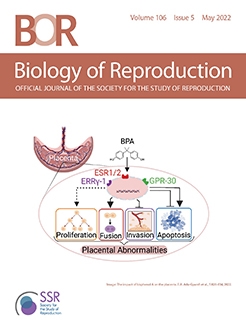Bisphenol A (BPA), an endocrine-disrupting chemical, is used to produce a wide variety of plastic and common house-hold items. Therefore, there is potential continual exposure to this compound. BPA exposure has been linked to certain placenta-associated obstetric complications such as preeclampsia, fetal growth restriction, miscarriage, and preterm birth. However, how BPA exposure results in these disorders remains uncertain. Hence, we have herein summarized the reported impacts of BPA on the morphology and metabolic state of the placenta and have proposed mechanisms by which BPA affects placentation, potentially leading to obstetric complications. Current findings suggest that BPA induces pathological changes in the placenta and disrupts its metabolic activities. Based on exposure concentrations, BPA can elicit apoptotic or anti-apoptotic signals in the trophoblasts, and can exaggerate trophoblast fusion while inhibiting trophoblast migration and invasion to affect pregnancy. Accordingly, the usage of BPA products by pregnant women should be minimized and less harmful alternative chemicals should be explored and employed where possible.
Summary Sentence This review provides insight into the mechanisms by which bisphenol A, an endocrine-disrupting chemical that is used in plastic found in common household items, affects placental development, potentially leading to pregnancy complications.
Graphical Abstract






